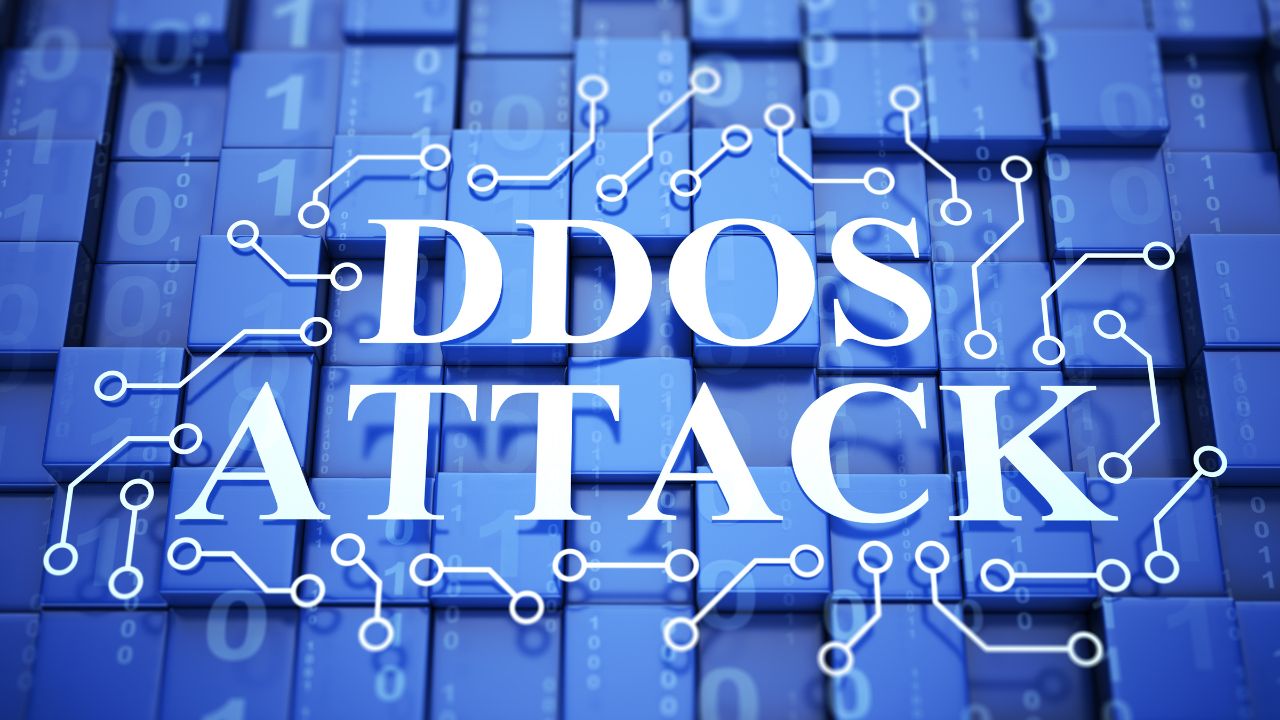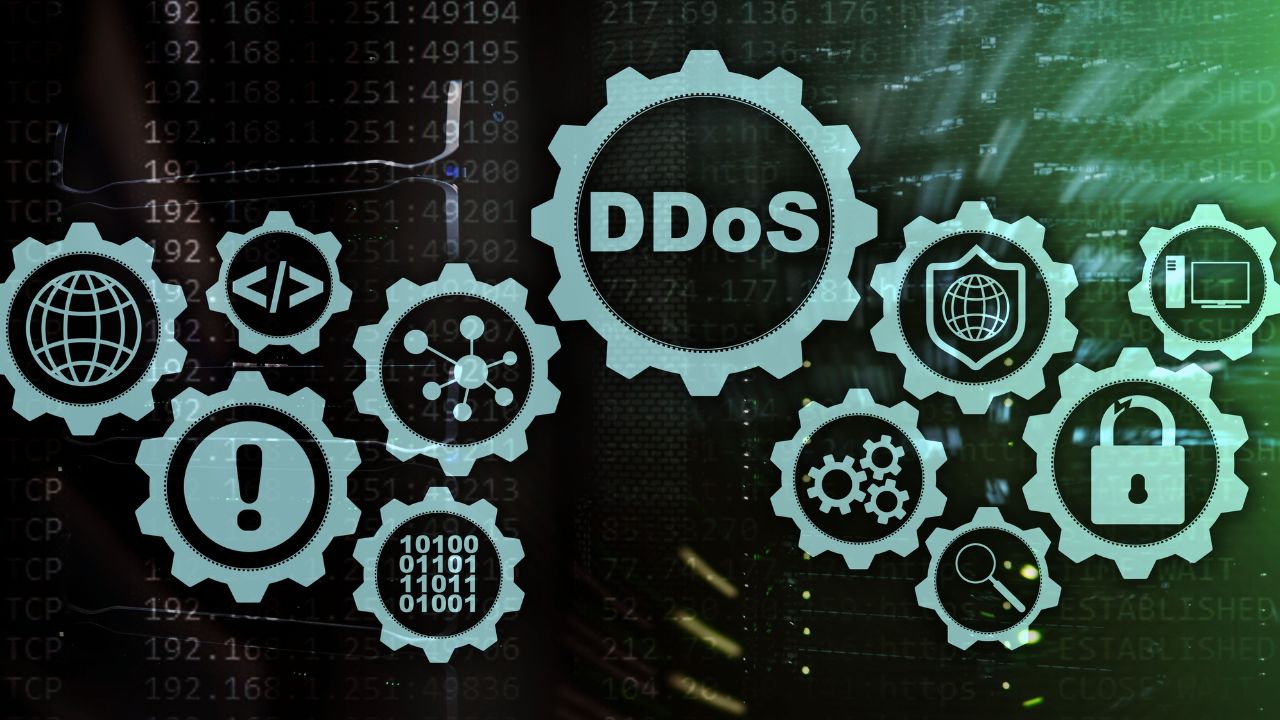
Understanding Distributed Denial of Service (DDoS) Attacks
Distributed Denial of Service (DDoS) attacks have emerged as a potent threat to online services and organizations. A DDoS attack is a malicious attempt to disrupt the normal functioning of a network, server, or website by overwhelming it with an excessive amount of traffic. In this article, we will delve into the world of this situation, exploring their mechanics, motives, and measures to mitigate them.

How it Works
DDoS attacks operate on a simple principle: flood the target with an enormous volume of traffic that exceeds its capacity to handle. Attackers often use a network of compromised computers, known as a botnet, to launch these attacks. These compromised devices, which can number in the thousands or even millions, are remotely controlled by the attacker, making it difficult to trace the source.
Motives Behind DDoS Attacks
DDoS attacks can have various motives, including:
- Financial Gain: Some attackers target e-commerce websites, online gambling platforms, or financial institutions with the aim of causing service disruptions and extorting money in exchange for stopping the attack.
- Competitive Advantage: Rival companies might launch DDoS attacks against each other to gain a competitive edge by crippling their opponent’s online services.
- Hacktivism: Activists and hacktivist groups may use DDoS attacks to protest or draw attention to a cause or issue they support.
- Revenge: Disgruntled individuals or groups may target specific organizations or individuals as an act of revenge.
- Distraction: DDoS attacks can serve as a smokescreen to divert attention from other malicious activities, such as data theft.
Mitigating DDoS Attacks
It requires a multi-pronged approach:
- Network Monitoring: Implement robust network monitoring to detect and analyze unusual traffic patterns, allowing for quick response.
- Traffic Filtering: Employ traffic filtering solutions that can distinguish between legitimate and malicious traffic, blocking the latter.
- Content Delivery Networks (CDNs): Distributing content across multiple servers and locations can help absorb the impact of an attack by spreading the traffic load.
- Firewalls and Intrusion Prevention Systems: These can help filter out malicious traffic and protect against known attack vectors.
- Anomaly Detection Systems: Employ AI-driven systems that can detect abnormal traffic behavior and automatically respond to threats.
DDoS attacks are a persistent and evolving threat in the digital landscape. Understanding their mechanics, motives, and mitigation strategies is crucial for individuals, organizations, and service providers to safeguard their online presence and ensure uninterrupted access to their services. As technology continues to advance, so too will the methods used by attackers, making it imperative for cybersecurity measures to evolve in tandem.
